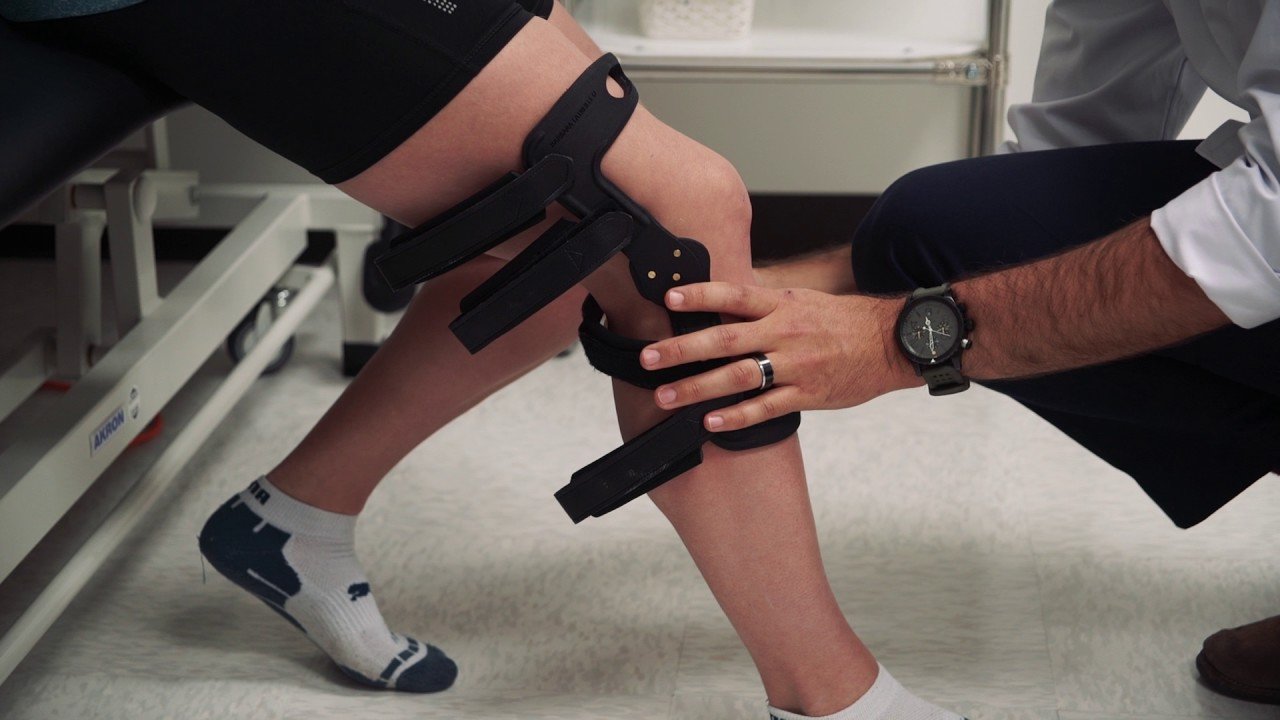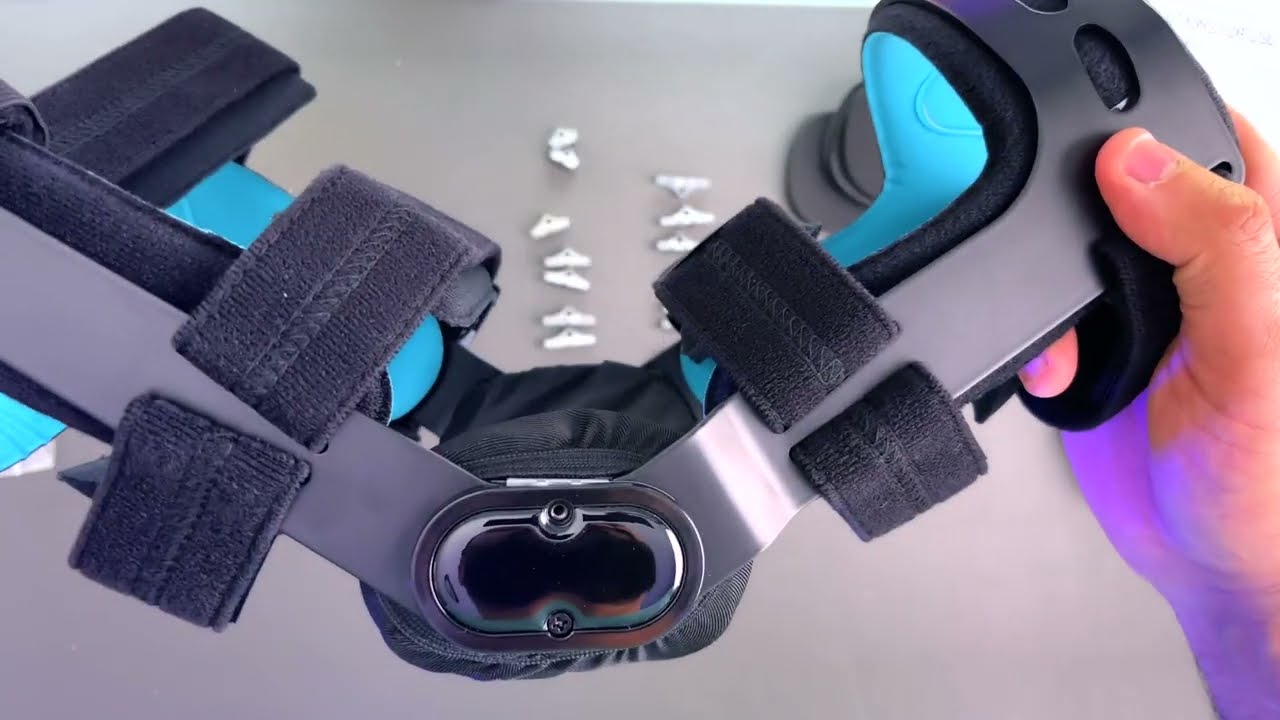Orthopedic braces serve fundamental functions during the healing of musculoskeletal injuries together with postoperative recovery. Medical braces serve a vital supporting role to help patients in their recovery process by promoting healing which enables individuals to build confidence during their recovery journey. Orthopedic braces serve critical functions during recovery due to specific reasons. Let’s break it down.
1. Stabilization and Support
Stability remains among the main functions orthopedic braces fulfill while treating injured bones or joints. The utilization of orthopedic braces serves to restrict movement in weakened body parts after injury or surgery thereby reducing chances of injury worsening or delaying recovery. Orthopedic braces supply joint support to ligaments while patients recover by reducing possible strains and enabling proper tissue healing.
2. Pain Reduction
Wearing orthopedic braces effectively assists people in reducing their pain levels. The controlled limitations of movement with proper alignment systems allow patients to minimize stress on their targeted areas. Patients who benefit from the pain relief experience increased daily function as well as possible diminished need for pain medications.
3. Correct Alignment
The healing progress becomes correct when post-injury patients guard their posture and alignment properly. The correct placement of braces enables the body to adopt correct positions which stops complications like abnormal healing and bone misalignment and chronic joint instability. The proper alignment of patients after surgeries along with scoliosis gets support from spinal braces to achieve improved outcomes.
4. Rehabilitation Aid
The main goal of rehabilitation requires patients to perform regulated movements following medical treatment. A braces ability to control motion depends on the injury type and severity level. These adjustable braces help patients build up their mobility level by step by step restoring both strength and flexibility while ensuring their injuries heal properly.
5. Prevention of Further Injury
Braces serve both protective functions and prevent additional injuries particularly during athletic activities after sickness or injury recovery. People who wear ankle braces reduce their risk of sprains by getting joint stability while performing physical tasks. The risk of further injury remains minimal because braces effectively aid in sustaining safe long-term recovery.
6. Confidence and Psychological Benefits
The recovery process of injuries presents mental complications for patients. Patients can build self-assurance that allows them to participate in daily activities through wearing orthopedic braces. Long-term recovery patients need psychological support because mindset and motivation serve as key factors in their healing process.
Conclusion
Orthopedic braces act beyond physical support functions because they function as crucial recovery partners following injuries. These medical devices combine stabilizing and aligning functions to provide pain relief while stopping injuries from worsening so they accelerate the healing process thereby promoting safe and quick recovery. A medical professional must check that you select the correct brace design for your condition along with verifying proper fit. Your recovery pathway includes a proper brace together with guided treatment strategies which leads you toward complete healing and restoration of your strength.





Leave a comment
This site is protected by hCaptcha and the hCaptcha Privacy Policy and Terms of Service apply.